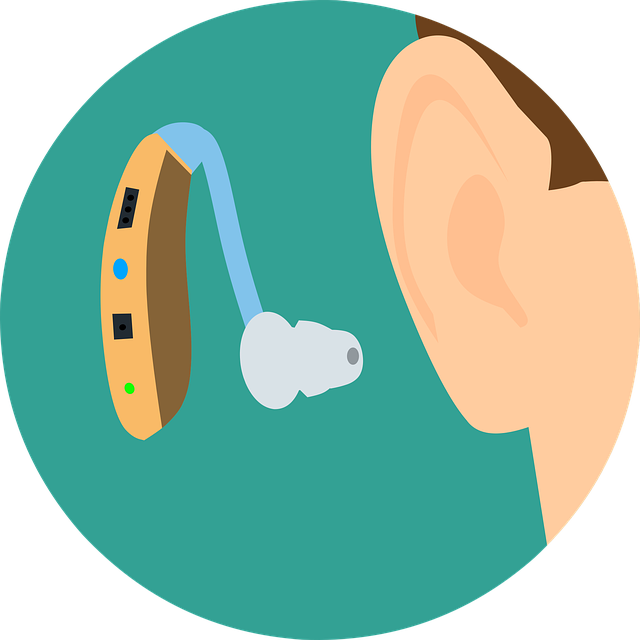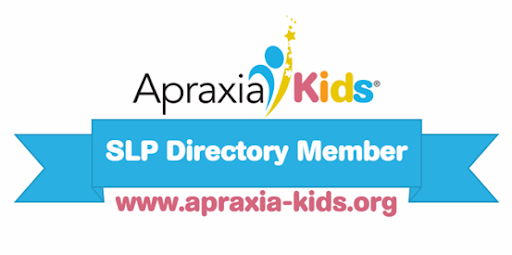
Winter is Here!
Winter is here, holiday activities are mostly over bringing with it a significant decrease in feasible “park days” for parents and kids to easily incorporate movement into their busy schedules. However, movement is essential for healthy development with speech and language development as no exception. In fact, physical activity likely plays a larger role in a child’s development than previously thought. Research suggests that promoting movement and activity in young children can help increase memory, perception, language, attention, emotion and even decision making. When language is combined with movement, learning has been shown to increase 90 percent. Some ideas to consider increasing movement opportunities during these bleak months may include dance party movement breaks, nature walks with scavenger hunts, activities











